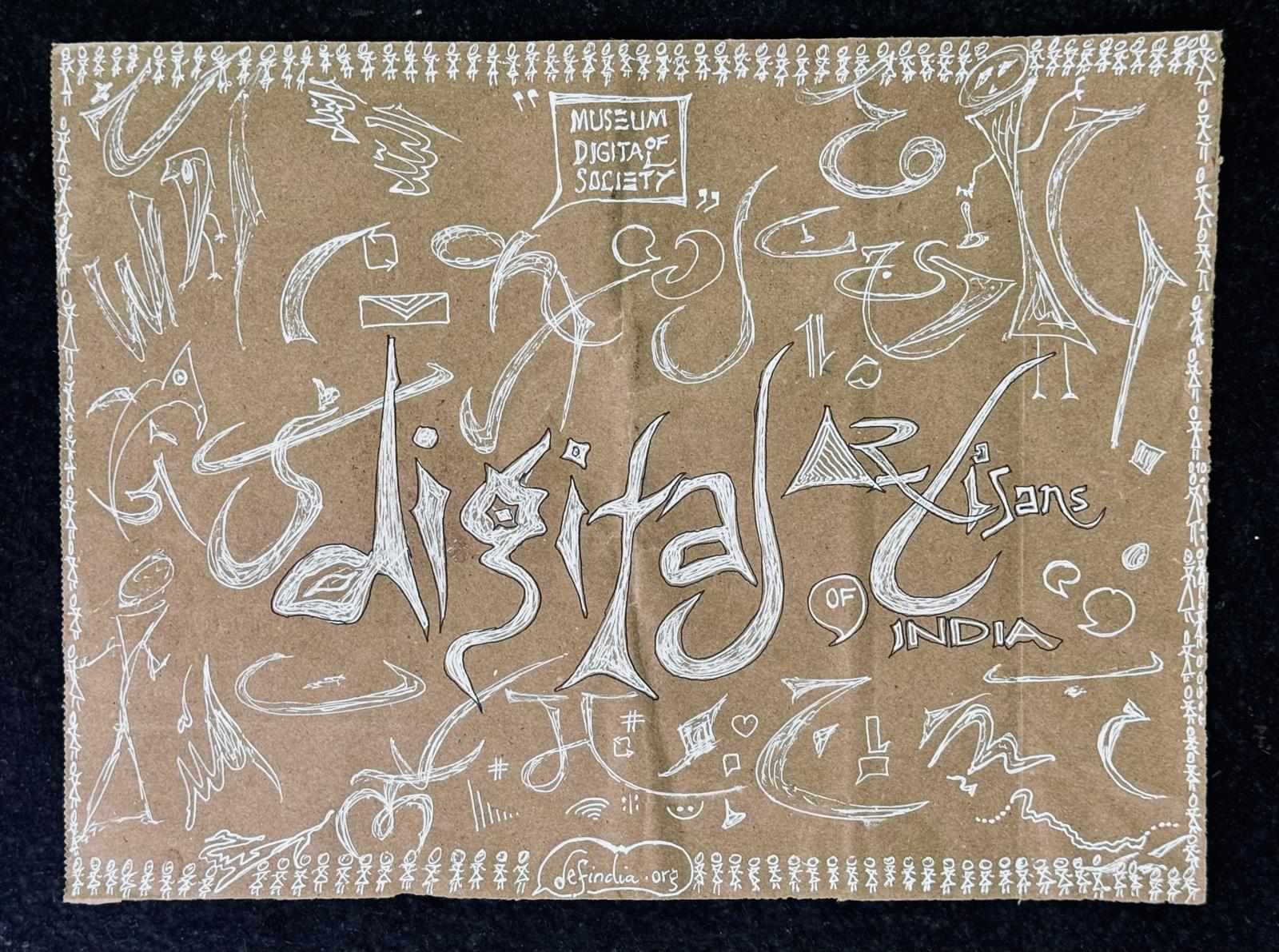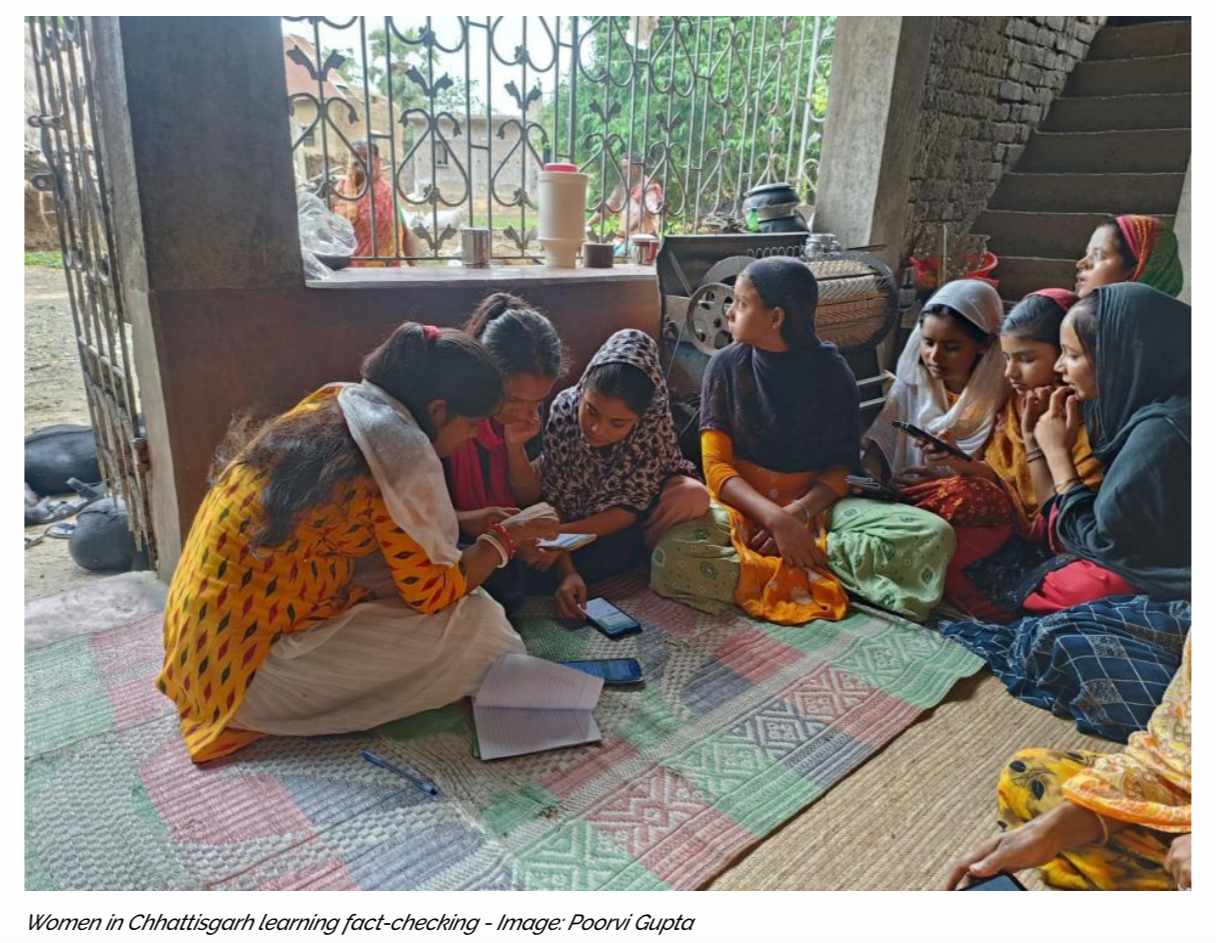
It's another world environment day upon us, and we are increasingly looking towards an uncertain future as temperatures soar dangerously close to the tipping point that scientists have been warning us about. Can we reconcile sustainability and connectivity, and how?
As we often quote DEF's founder-director Osama Manzar in repeating this, Data is expensive. Sure, it has gone cheaper and faster than it had over the past two decades, but one's opinion will change when it is seen as a necessity and not a luxury. In an increasingly connected world, we need to be connected to survive and thrive. In fact, the affordability report is a place to start:
But one cost that is less talked about is the environment. Surely, if millions or billions of users need to access all their necessary information at all times, it would mean there have to be computers up and running to provide them with this?
Anthropologist Steven Gonzalez Monserrate, in his The Cloud Is Material: On the Environmental Impacts of Computation and Data Storage, details the material realities and ecological costs of the seemingly abstract entity of the cloud.
The Cloud now has a greater carbon footprint than the airline industry. A single data center can consume the equivalent electricity of 50,000 homes. At 200 terawatt hours (TWh) annually, data centers collectively devour more energy than some nation-states. Today, the electricity utilized by data centers accounts for 0.3 percent of overall carbon emissions, and if we extend our accounting to include networked devices like laptops, smartphones, and tablets, the total shifts to 2 percent of global carbon emissions.
This is mostly because of the cooling required to keep the large storage farms running, and its backup options fail-safe. It is not just the power consumed, but also resources like water, as this video from Arizona shows:
For one, we have been working on several sectors of this - and if you are at RightsCon this year, Osama is discussing sustainability and the circular economy. Follow us for the online session link!
What exactly are we talking about when we say circular economy? We presently have more devices than people, and these devices are increasingly more fragile and prone to, or rather, designed to be replaced by newer ones, not necessarily out of need - something called planned obsolescence.
With more and more devices part of the grand network of Internet of Things, how do we work towards our net-zero and SDG goals as we zoom closer into the middle of the century? We can define the circular economy of digital devices as extending the useful life of digital devices through improved manufacturing and reuse, maximising the positive social impacts of devices, and minimising the need for new devices and e-waste.
Focusing on the Three R's of the yester-century, the Reduce, Reuse and Recycle, here's what the Association for Progressive Communications' Guide to the Circular Economy of Digital Devices says about it:
Circularity is about “designing out waste and pollution, keeping products and materials in use, and regenerating natural systems.” In the context of digital devices, circularity aims at achieving the best use of devices by maximising their lifetime. In doing so, it helps to decarbonise the environment. However, circularity can also help reduce social inequality by making digital devices available to people who do not have access to them, and creating jobs in the process of repairing or refurbishing a digital device. Even if we can afford to buy a brand new device, this does not mean our natural environment, society and economy can afford it. From an investment perspective, the circular economy is defined in this way: “In a linear economic model, we operate at a deficit of natural capital, accumulating a debt we owe to future generations. The key objective of a circular economy is to eliminate such deficit.” An outcomes-based definition of the circular economy refers to it as an “economic model for addressing human needs and fairly distributing resources without undermining the functioning of the biosphere or crossing any planetary boundaries.”
This involves a lot of work to be put in both by manufacturers, designers, procurers, and also, the users - who have to be aware of their rights, and also where to go for the repair of said devices. This is some of the work we at DEF are putting in, as the diagram above tries to illustrate.
We partner with facilities for repair and management of the e-waste recycling, conduct life-cycle assessments and look into whether productions are sourced from sustainable, fair-trade sources.
That's us doing our part. But what we diverted a bit from the large energy consumptions of the cloud. A philosopher of technology, Benjamin Bratton, theorises the genres and the state of technology (smart grids, cloud platforms, mobile apps, smart cities, the Internet of Things, automation) as a Stack - forming a coherent whole, an accidental megastructure that is both a computational apparatus and a new governing architecture. In this, the cloud layer of the stack interacts with the earth layer, as the material impacts are inseparable, distorting both political and ecological geographies. And we are part all part of, and constantly redesigning and reimagining the stack - which gives us the potential, among several other things, to build it sustainably as well.
And every fun question we ask ChatGPT, Bard, or other cloud-based AI tools also has such impacts-
We need to reflect on this environment day, as well as other days, on ensuring that the big companies that steer cloud computing switch to renewable sources of energy, and make sure their practices are made sustainable.
In order to really get the real picture of the disaster on the ground you have to go through this photo story of the impact of digital waste. This publication is from 2017 about Seelampur, a ghetto in Delhi where e-waste illegal processing happens at a different scale. Click here

Other News
From exclusions and access issues, these articles looks at the state of the Aadhar-based payments system of the NREGA, and a reality check on what's happening with food security in the NFSA:
Take a look at this conversation on AI from the author of Sapiens:
and this NYT piece on how the digital can help office workers save on their commute by continuing the hybrid mode:
And finally, a piece of news that looks like sarcasm but isn't:
Last week was International Menstrual Health Day - these are some of our initiatives, Digital Didi and the SmartPad, empowering communities:
Take a look at these two videos from our digitALL event, held last month in Bangalore to commemorate 20 years of DEF:
From DEF's SoochnaPreneur center in Kashmir's Pulwama:
Until next week, reminder on this Environment Day to Reduce, Reuse and Recycle!



























 might be?](https://sk0.blr1.cdn.digitaloceanspaces.com/sites/1394/posts/714526/dbc8de4c-5c50-411f-aba0-55cfb74a692d.jpeg)

Write a comment ...